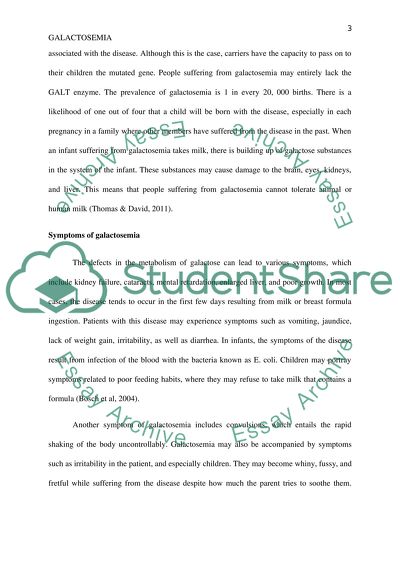Biology Research Paper on Galactosemia Example | Topics and Well Written Essays - 1000 words. Retrieved from https://studentshare.org/biology/1457068-galactosemia
Biology Research Paper on Galactosemia Example | Topics and Well Written Essays - 1000 Words. https://studentshare.org/biology/1457068-galactosemia.


